|
The name of this blog is “Stories in Stone.” I began the weekly feature for the Mount Olivet Cemetery website and Facebook page back in early November, 2016. Since that time, people have remarked to me: “Oh what a clever name for your articles.” And I certainly agree! These are essays about former Frederick residents buried within Mount Olivet’s gates. Yes, some of these individuals stand out for their achievements. Others can be remembered for misfortunes. All in all, most of those “resting in peace” just lived simple, ordinary lives. To borrow a line from George Bailey in Frank Capra’s legendary film It’s a Wonderful Life: “Just remember Mr. Potter, that this rabble that you’re talking about...they do most of the working and paying and living and dying in this community.” While I will occasionally touch on local greats who made the national history books such as Francis Scott Key, Barbara Fritchie and Thomas Johnson, Jr., I’ve been most inspired by researching lesser known folks, or individuals that shouldn’t have been forgotten over time. At least, I have the opportunity to introduce (or reintroduce) them to readers here in this fashion. 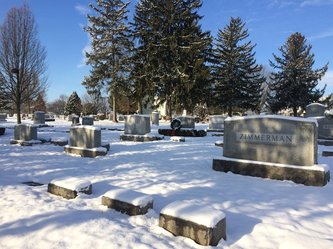 I can’t walk through this cemetery without my head on a swivel. Monikers are everywhere, and jump out at me, left and right. I try to process these from my past experiences with research, documentary and writing work. I’m quick to recall that this man owned a department store downtown, that lady was a nurse during the Civil War, this individual was mayor of Frederick in the early 1800’s, that child was killed in the big fire, etc. With 40,000 former residents in my midst, roughly the same population as our state capital of Annapolis, I do pass countless gravesites without a thought, as their names are nothing more than “names in stone.” However, as I have found, they are much more than that. Grave markers, monuments, and tombstones are tributes to, and representations of, past lives. Each provides a tangible connection to the deceased. From a religious perspective, I’ve been taught that the spirit of our loved ones will always be with us, and are “watching from above.” However, these works in granite and marble are tangible, standing as a tribute to a life once lived, be it spectacular, common or “rabble.” Grave stones can bring a sense of reality and closure for some people, and for others serve to keep the memory of that person alive. Each and every day, I see individuals coming to Mount Olivet to plan and purchase monuments for themselves and loved ones who have passed. Some designs are playful, others are serious. Most can best be described as traditional. I also get to see the joy of discovery as family history chasers and historians complete pilgrimages here from around the country, to come as close to “face to face” as possible with ancestors they have heard stories about since childhood, or others just recently discovered on Ancestry.com. And to explain my statement of “face to face,” there are many situations in which a decedent’s photograph does not survive. In this case, a grave marker is the closest thing to visualize that individual. I often think of the extended family that gathered around a particular gravesite here for a funeral 150 years ago in the mid-1800’s, or maybe one in the early 1900’s or 1950’s. Those people were on hand to say goodbye and shed tears for their dearly departed. As time passed, later generations would gather for each of them as their own funerals took place. As I learn more about the lives of Mount Olivet’s residents through researching this blog and stories told to me by visiting descendants regarding their relatives, I certainly see that those interred here are much more than “names in stone.” Hence, they are Stories in Stone. I commonly find myself stopping and paying respects to more and more of these people who gave us the Frederick (city and county) we know and love today. I have only met them through perusing old photos, newspaper articles and census records. Thanks to gravestones and monuments, I know where they are, so to speak. One of Mount Olivet's inhabitants was very poignant to the research and history work I have been performing over the last 25+ years. He’s also the inspiration for the title of my blog. His name, Jacob M. Holdcraft.  1900 census showing Holdcraft family in Frederick 1900 census showing Holdcraft family in Frederick Jacob Mehrling Holdcraft was born on February 21st, 1898 in Frederick. He grew up on East Church Street (extended), the son of—you guessed it, a one-time tombstone salesman. Jacob’s father, John H. Holdcraft, was a native of Massachusetts who married a local girl named Ella C. Mehrling. Ella was the daughter of a butcher and was reputed to have been born in the original Barbara Fritchie house in 1863. Jacob grew up with eight siblings, but another, Nelson, had died from pneumonia as an infant two days before Christmas in 1896. The Holdcraft children went to local schools and be brought up in the Lutheran religion. The family attended Evangelical Lutheran Church, just a few blocks from home, and were highly active members. Jacob’s older brother Paul would attend seminary and became an ordained minister in the United Brethren Church. He served with distinction (mostly in Baltimore) up until his death in 1971. A sister Ruth (Mackley) married and lived in Thurmont where she played the role of longtime organist for Trinity United Church of Christ. Both siblings were linked to helping conduct funerals through their religious callings. With an 8th grade education, Jacob set out to work. He served as a paperboy for the Frederick News and would also perform duties as a brush maker at the Ox-Fibre Brush Factory (today the site of Goodwill Industries). He served the country overseas in World War I. Holdcraft joined the Regular US Army three days after Independence Day on July 7th, 1917. Five months later he was shipped to France. A month later he would receive a promotion to Private First Class and assigned to the 15th Field Hospital. Jacob Holdcraft would see much of the eastern part of the country including the Toulon-Troyon Sector, the Chateau-Thierry Sector, the Marbach Sector, and the Limey Sector. The Frederick native would also see the terrible carnage of war as he performed his duties throughout dangerous conflicts such as the battles at Aisne-Marne, St. Mihiel and Meuse-Argonne. He would head home in early August 1919, and was honorably discharged on August 13th. Holdcraft soon returned in peacetime, participating in the Army of Occupation in Germany following the conflict. 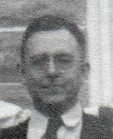 Jacob M. Holdcraft Jacob M. Holdcraft After his return home, he would eventually move to the big city of Baltimore, in the early 1920’s, finding work in the printing department of the Baltimore Sun newspaper. He also found Edna May Mund, who would soon be his new bride. Jacob M. Holdcraft had left Frederick, but Frederick would never leave him. The couple started a family in “Charm City,” welcoming their first child, Robert Mehrling Holdcraft in September of 1925. A daughter (Elaine) and another son (John) would follow before 1930. Jacob, or "Mehrl" as he was also called, would work his career in the newspaper business, serving as a compositor— a person who arranges type for printing or keys text into a composing machine. Later in his career with the Sun, he would serve as a proofreader. 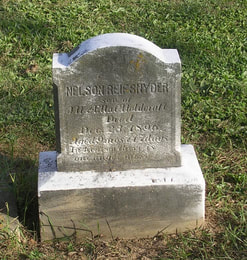 Grave of Nelson R. Holdcraft (3/5/1896-12/23/1896) Grave of Nelson R. Holdcraft (3/5/1896-12/23/1896) Jacob Holdcraft most certainly read and performed his share of typing in obituaries. This led to an unusual leisure pursuit of “proofreading” compositing of a different sort—recording the names and birth/death date information on tombstones. He said that this new hobby grew out of his interest in his relatives and ancestors. Jacob's brother Nelson had died two years before his own birth, and surely captured his imagination. In addition, trips to visit the graves of early ancestors located in the county led rise to thoughts regarding the fate of the many pioneers who had passed through life and died without leaving any trace on Earth. He didn’t know it the time, but Jacob Holdcraft would embark on a 35-year odyssey of recording the existing tombstones of all of his native Frederick County’s cemeteries, churchyards and family burying grounds. What started as an aid to his own family genealogical research, became something that would help countless others with their research, including myself. Jacob’s venture was soon bittersweet as he would have to record the vital information of his own parents. His mother died in 1935, and his father two years later in 1937. Both are interred in Mount Olivet in the family lot within Area LL. Another World War was looming, and Jacob volunteered for the US Coast Guard. The events of the conflict consumed the Sun newspaper. However, nothing truly prepared a seasoned, war veteran and parent for what would come next—the heart-wrenching task of documenting a relative killed in the line of duty with the US Army during World War II. This was Jacob's first-born son, Robert, aged 19-years, 6 months and 16 days. He was killed in action by an artillery shell blast on March 22nd, 1945 in Oggersheim, Germany. Robert’s body was shipped home to be laid to rest in the Holdcraft lot in Mount Olivet. I can only assume that this tragic event further inspired Jacob on continuation with his “monumental” hobby. He likely had overwhelming feelings of empathy for the parents of any veteran lost in the line of duty, not to mention, any young person whose grave he recorded from that point forward. Perhaps this event, more than any other, propelled his hobby as an opportunity to fill the heavy void, while soothing the pain that Robert’s death created in his life. In a newspaper interview from the 1960’s about his research, Jacob said, “Not only was it a fascinating hobby, but it gave me “quiet” and restful hours in the great outdoors.” 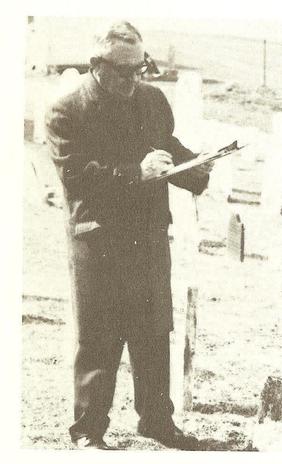 Jacob Holdcraft would document cemetery inscriptions for the next two decades into the mid-1960’s, devoting most of his weekend, each and every week. In the end, he held the amazing distinction of visiting more individual graves in Frederick County than anyone before, and likely anyone since—75,000. With help from Dr. John P. Dern of California, Jacob compiled his findings alphabetically and in 1966 had his work published in a two volume, 1301-page masterpiece, aptly titled Names in Stone. The preface was penned by noted Frederick County genealogist, historian and author Millard Milburn Rice, a great choice in my opinion as I, myself, visited Mr. Rice in 1994 to gain advice and guidance before embarking on my 10-hour video documentary entitled Frederick Town (1995). In Names in Stone, Mr. Rice wrote: “In short, the information in these books may be relied upon within the limits of human fallibility and the ravages of time which are forever making inscriptions undecipherable. And I am sure all who find herein names heretofore possibly long sought will feel, as I do, a debt of gratitude to Jacob Mehrling Holdcraft for completion of such a difficult task. 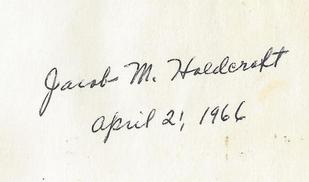 Jacob Holdcraft gave Mount Olivet cemetery one of the first published editions of Names in Stone. The "compiler" autographed the fly leaf. Jacob Holdcraft gave Mount Olivet cemetery one of the first published editions of Names in Stone. The "compiler" autographed the fly leaf. Names in Stone has been a key resource for genealogists and historians ever since, especially in an era that pre-dated the family history resources associated with the internet. At 68-years old, Jacob, referring to himself as the book’s compiler, had produced the first Frederick-based Find-a Grave site in book form. He had dedicated more than half his life to the project. But he wasn’t done yet. In 1972, Holdcraft published a sequel entitled More Names in Stone. This 3,000 name addendum to his earlier work, focused on the former lands of Frederick County, now comprised as Carroll County. Amidst, sudden failing eyesight, Jacob added to our resource base. In his touching preface, he lamented that he still didn’t make it to all the graves existing in the county and went further by stating his hope for the work to go on saying: “and that ultimate continuation of my work may yet be undertaken by younger eyes.” Jacob Mehrling Holdcraft’s name went in stone in 1989. He passed away at his residence of Meridian-Catonsville Nursing Home (Catonsville, MD) having lived 91 years, 4 months and 5 days. His was "A Wonderful Life,” one that impacted genealogists and historians he would never know. A Monumental Story Through the years, certain grave markers stood out in Jacob’s mind. He had his picture taken for the inside cover of Names in Stone at one of these, located in a small cemetery named Bush Creek United Brethren, also known as Pleasant Hill Cemetery (see header picture for this article at top). This was the grave of Albert D. W. Cronise (1827-1850). In the year 1849, Cronise embarked on an amazing adventure with his older brother, William H. V. Cronise. They were heading to San Francisco to take part in the legendary California “Gold Rush.” The 23-year-old son of Rev. Jacob Cronise would not reach his destination, dying aboard the steamship Panama, off the coast of Acapulco, Mexico. 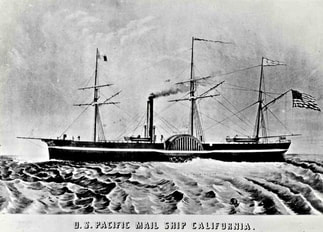 Pacific Mail Fleet steamer like the one the Cronise brothers traveled upon to San Francisco in 1849-50. Pacific Mail Fleet steamer like the one the Cronise brothers traveled upon to San Francisco in 1849-50. The alleged story (as told in letters home from brother William to his father) was that Albert took ill from a fever soon after his ship left the isthmus of Panama. He would soon perish on January 6, 1850. His last wishes, conveyed to William, were for his body to be returned to Monrovia and buried in Pleasant Hill Cemetery, for many years under his father’s charge. William successfully preserved Albert’s body in a barrel full of alcohol collected from his ship mates. The vessel made a successful trip to San Francisco, but Albert’s body was quickly decomposing due to the poor quality of the alcohol. Thus, William had his brother buried in San Francisco, but promised his parents that he would return to Frederick County with Albert’s remains. He eventually fulfilled his brother’s last wish as Albert’s body traveled the 2,800 miles back to Monrovia, Maryland where it was buried in Pleasant Hill Cemetery. Albert’s fine gravestone features a depiction of the steamer Panama on its face—a true “story in stone.”  William H. V. Cronise obituary as it appeared in the San Francisco Call newspaper of August 12, 1896. William H. V. Cronise obituary as it appeared in the San Francisco Call newspaper of August 12, 1896. As for William Cronise, he married and became a successful merchant and entrepreneur in San Francisco, passing on his opportunity to be buried and memorialized in the family lot at Pleasant Hill with Albert and his parents. He died in August, 1896 and was buried with his wife in her family lot within San Francisco’s Pioneer Hill/Masonic Cemetery. Ironically, five years later in 1901, the San Francisco City Board of Supervisors condemned this cemetery and others in the city's northwestern section as potential places of pestilence, outlawing new burials within the city limits. Many of the cemeteries suffered and fell into disrepair...truly a case of benign neglect as many businessmen lobbied to have bodies reinterred elsewhere to free up valuable real estate. This came to fruition in 1937 as tens of thousands of bodies were dug up and moved to Colma in neighboring San Mateo County. Unless the deceased’s family had enough money to pay for a careful relocation of their loved ones’ graves, bodies were dug up and moved. This was the fate of thousands of burials, including William H. V. Cronise. Unfortunately, very few gravestones made it out “alive,” accompanying their intended remains. The University of San Francisco sits atop William's former burying ground today. 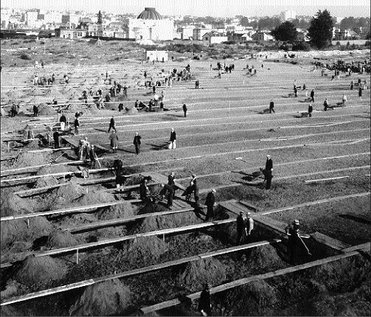 Large scale removal of bodies from San Francisco cemeteries (1937). Large scale removal of bodies from San Francisco cemeteries (1937). Orphaned tombstones were used for park gutters, miscellaneous municipal stonework, street bollards, support subsurface to create the on and off ramps for the Golden Gate Bridge and filler to bolster San Francisco Bay sea walls. It’s ironic that Albert’s gravesite, 167 years later, stands as a lasting memorial of the young man’s great quest to be a 49er in the virgin hills of California, not to mention the 2,800-mile post-mortem adventure back home experienced by his corpse. Meanwhile, William’s body is unmarked, no name in stone above his grave for future descendants and curiosity seekers to research or cherish. I guess you can say that William Cronise “left his heart in San Francisco,” but no one will ever be able to find it!
5 Comments
Jocelyn Shorrow Wetzel
1/7/2017 08:42:25 am
This is a most interesting blog, having lived in Frederick since 1945 when I was three years old. Keep up the good work.
Reply
1/7/2017 02:08:08 pm
Extremely interesting. I find it interesting to know the person beneath the stone. Some of the epitaphs are beautiful while others are hysterical. It's rather a window into the person's life. Keep up the good work.
Reply
Kevin bender
1/7/2017 04:01:00 pm
I loved your history of the cemetery. I walk it for work out from time to time.
Reply
Meredith Holdcraft-Wedding
1/8/2017 02:34:53 pm
I love finding out more about my family. Thanks Great-Uncle Jacob!
Reply
Rita Gordon
6/27/2018 09:34:07 pm
Chris, Stay with your love of Frederick and it’s history.! When these stories are in a book (print), we would love to buy a copy. Let us know where it can be purchased. Our good wishes and good luck. Rita Gordon
Reply
Leave a Reply. |
STORIES
|
Archives
July 2024
June 2024
May 2024
April 2024
March 2024
February 2024
January 2024
December 2023
November 2023
September 2023
August 2023
July 2023
June 2023
May 2023
April 2023
March 2023
February 2023
January 2023
December 2022
November 2022
October 2022
September 2022
August 2022
July 2022
June 2022
May 2022
April 2022
March 2022
February 2022
January 2022
December 2021
November 2021
October 2021
September 2021
August 2021
July 2021
June 2021
May 2021
April 2021
March 2021
February 2021
January 2021
December 2020
November 2020
October 2020
September 2020
August 2020
July 2020
June 2020
May 2020
April 2020
March 2020
February 2020
January 2020
December 2019
November 2019
October 2019
September 2019
August 2019
July 2019
June 2019
May 2019
April 2019
March 2019
February 2019
January 2019
December 2018
November 2018
October 2018
September 2018
August 2018
July 2018
June 2018
May 2018
April 2018
March 2018
February 2018
January 2018
December 2017
November 2017
October 2017
September 2017
August 2017
July 2017
June 2017
May 2017
April 2017
March 2017
February 2017
January 2017
December 2016
November 2016

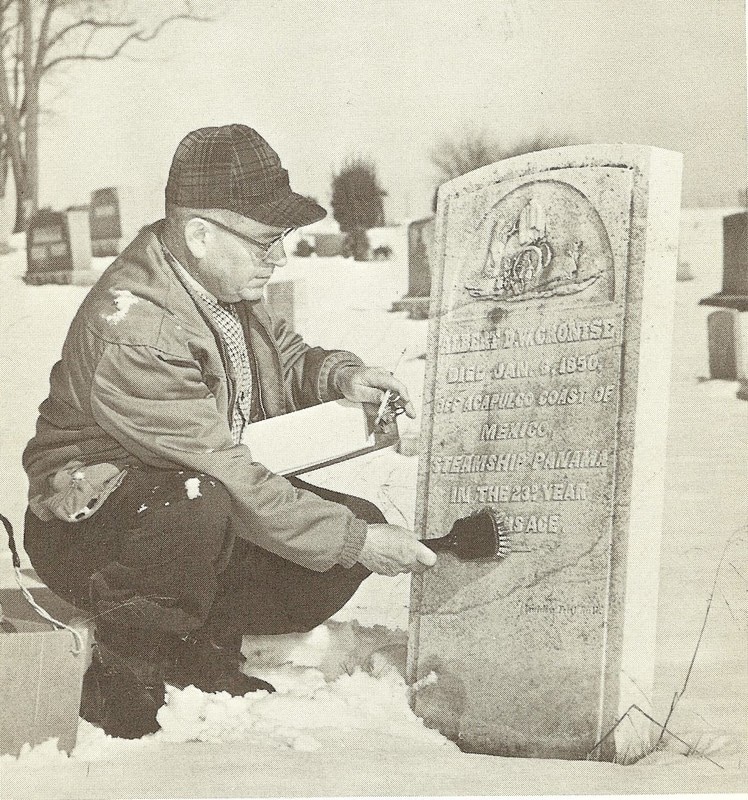
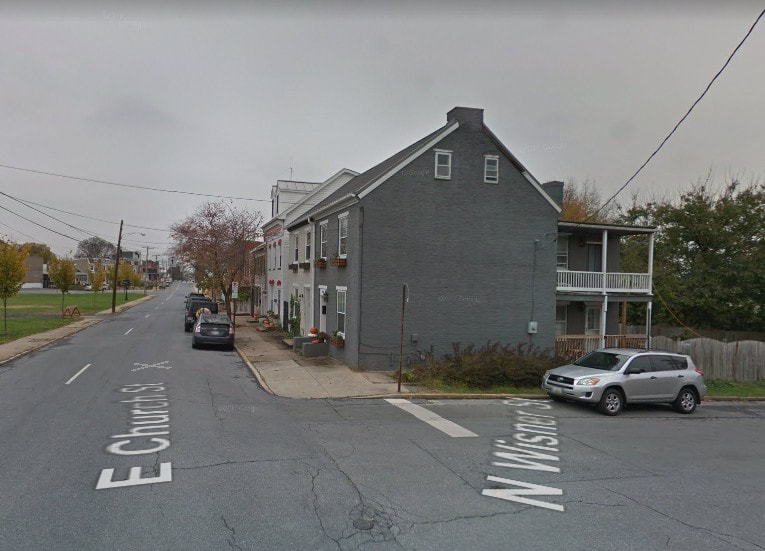
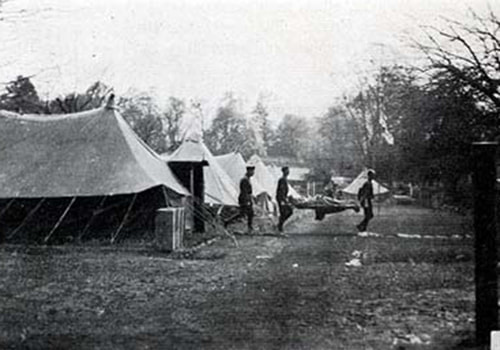
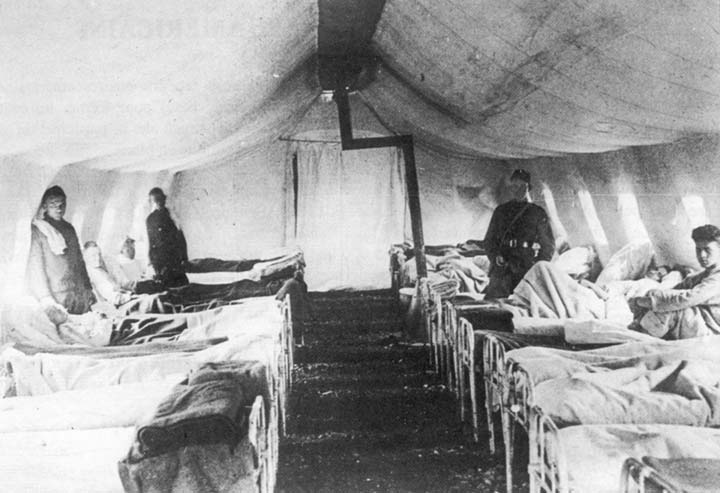
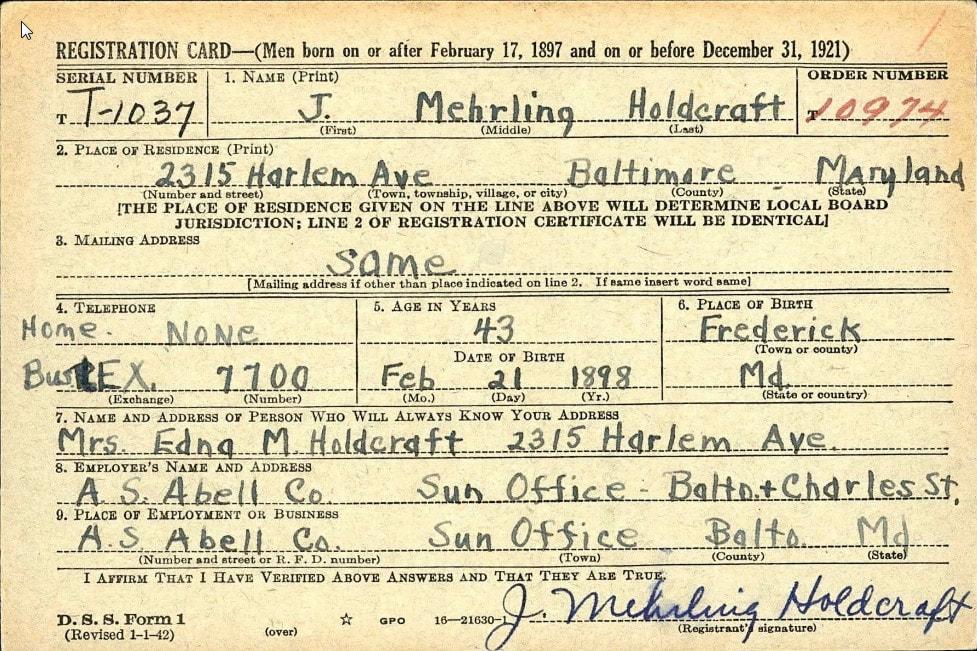
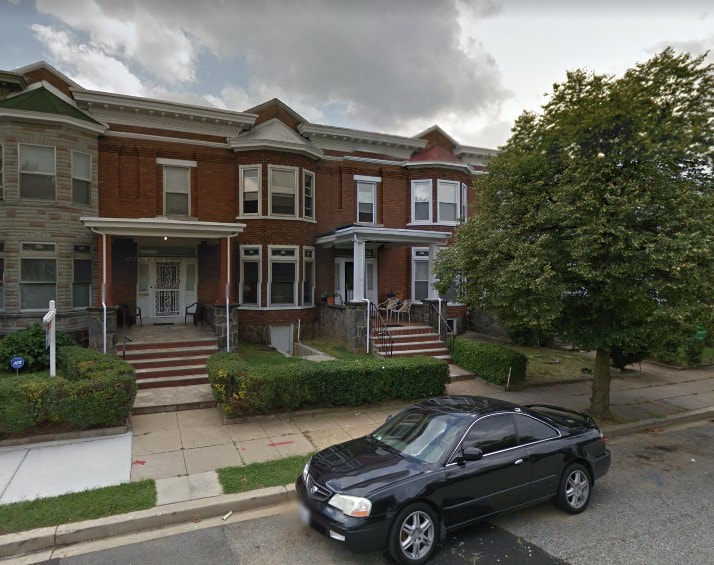

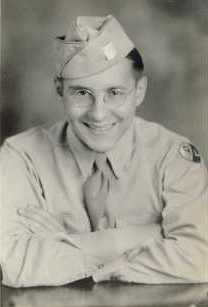
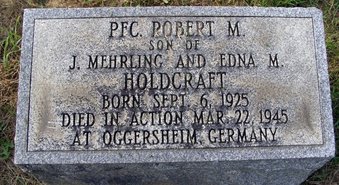
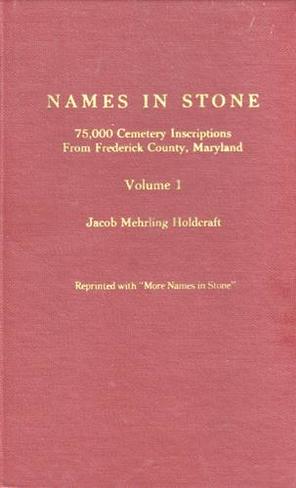
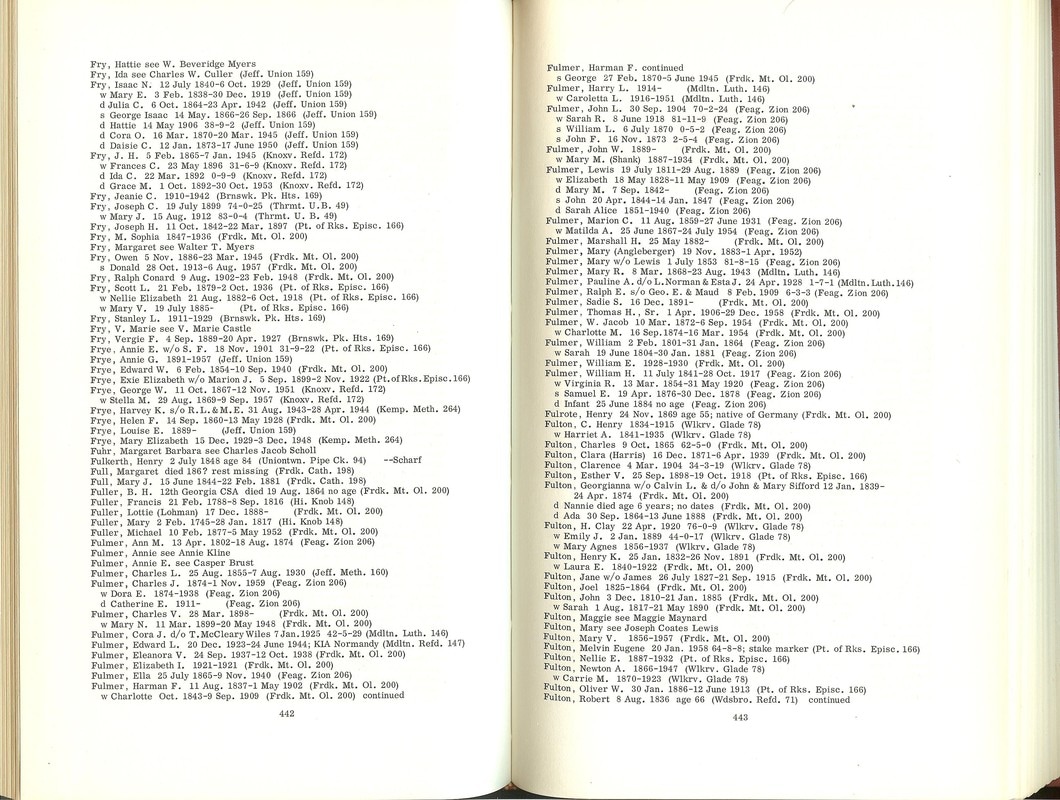
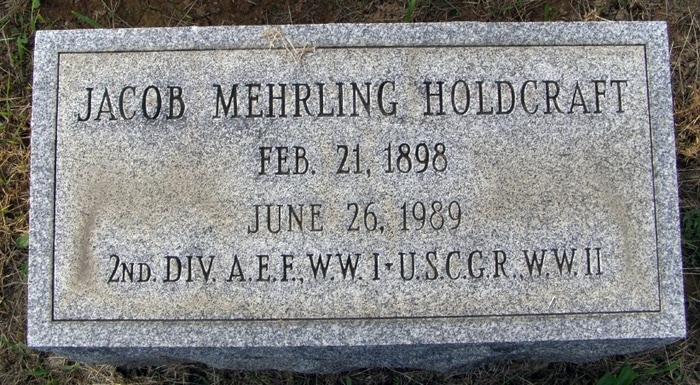
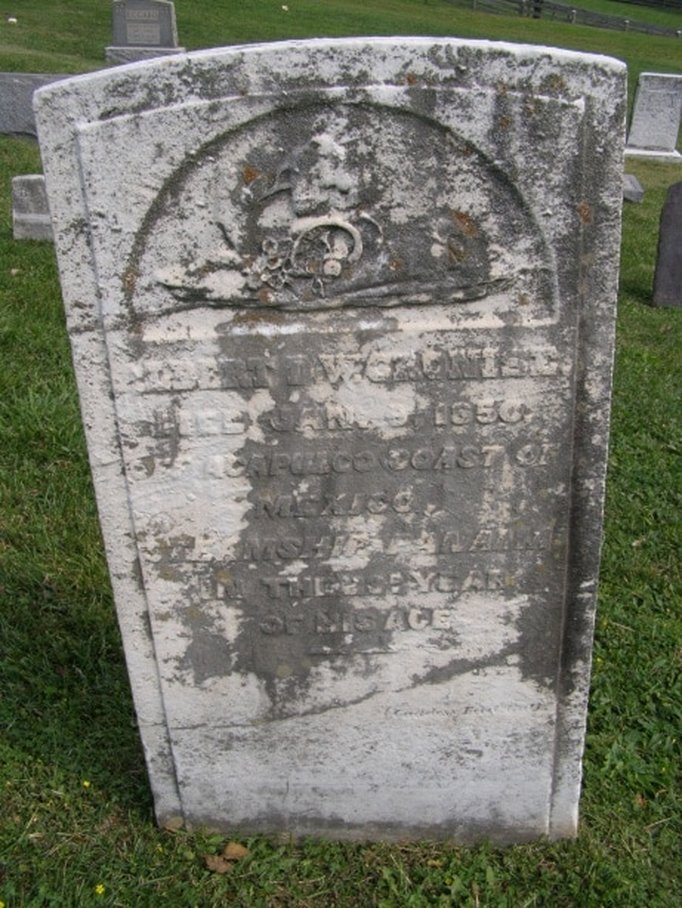
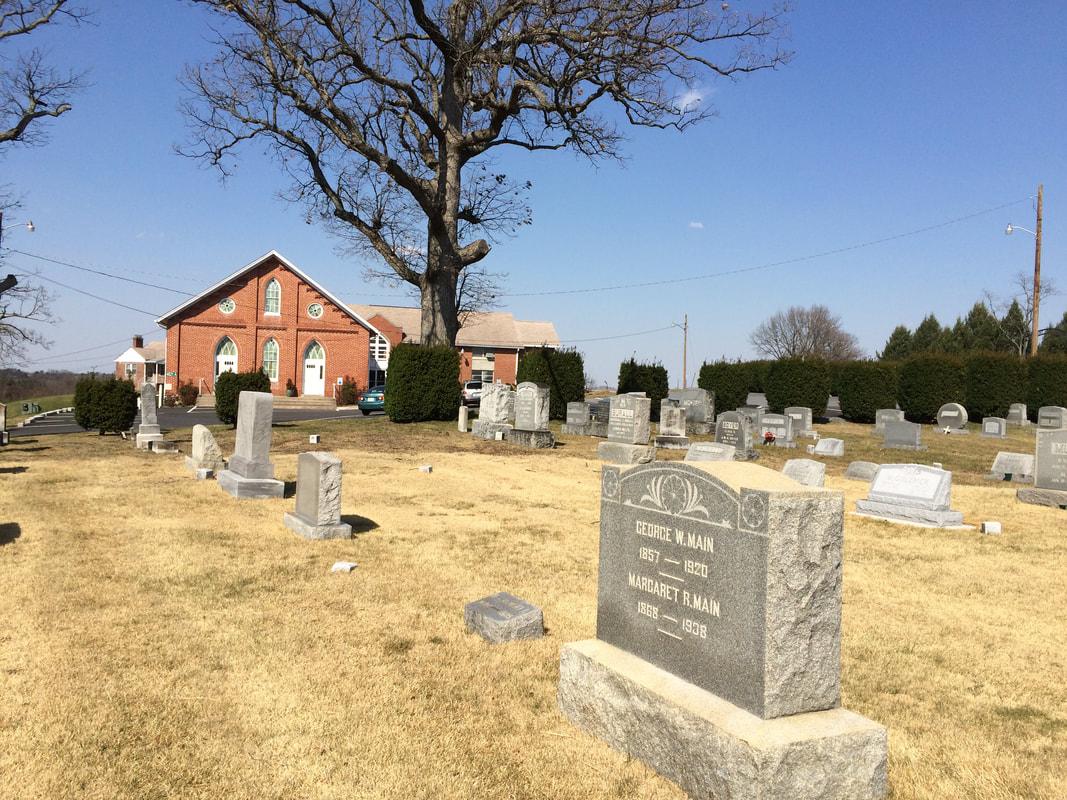
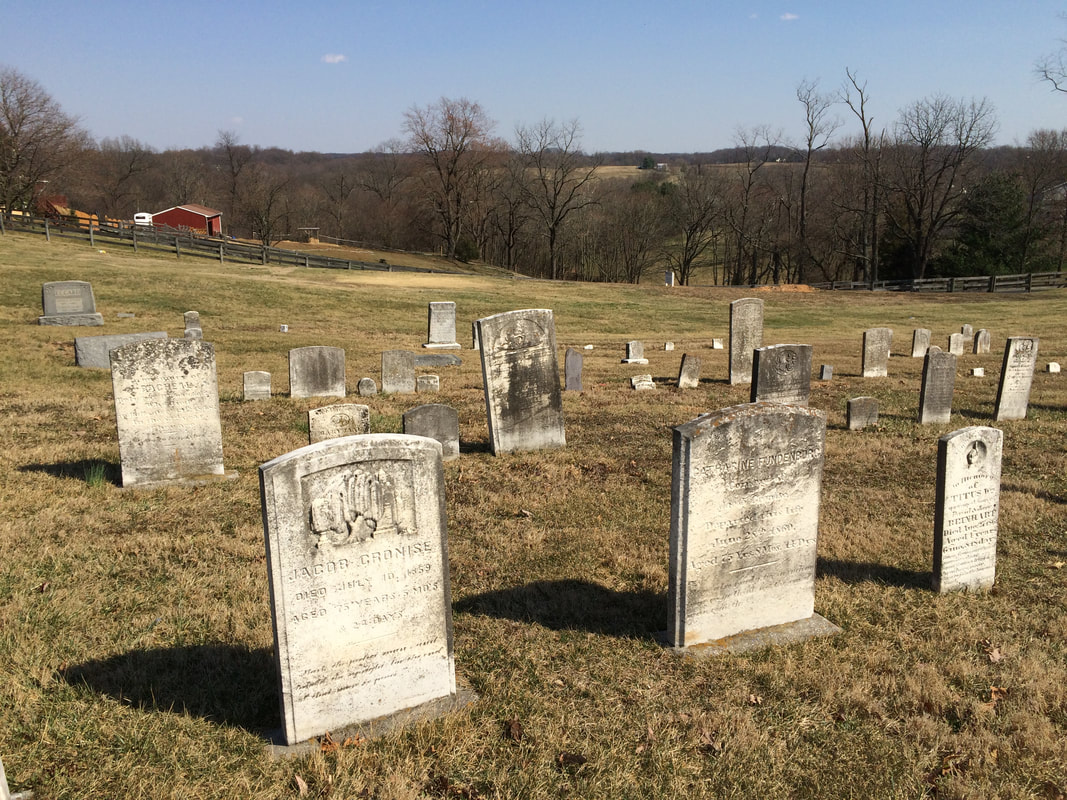
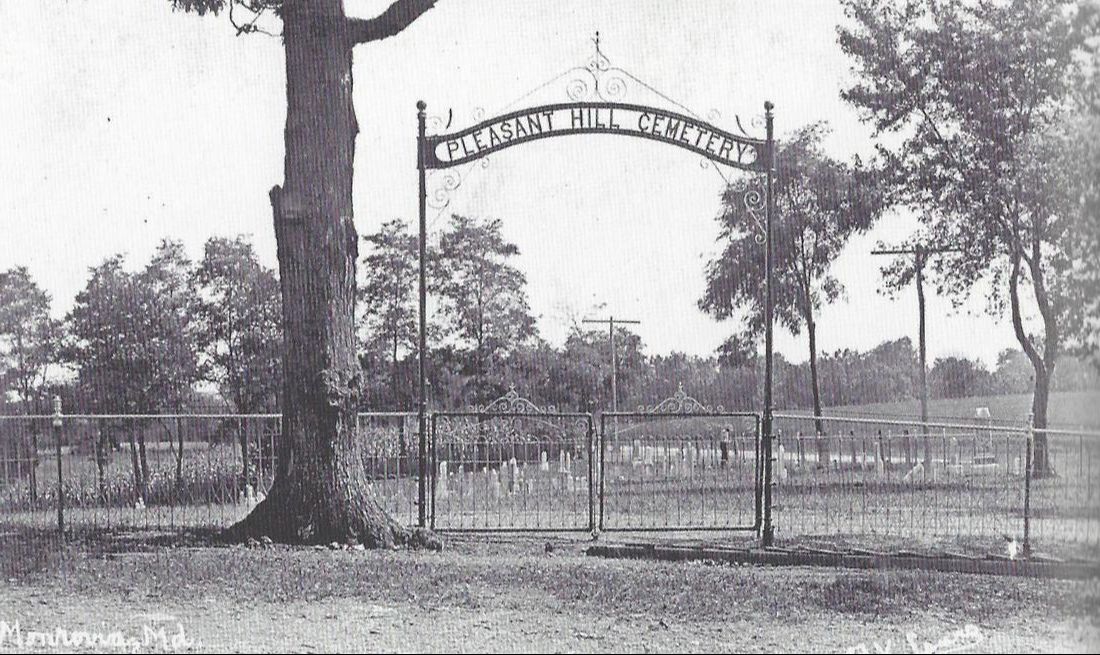
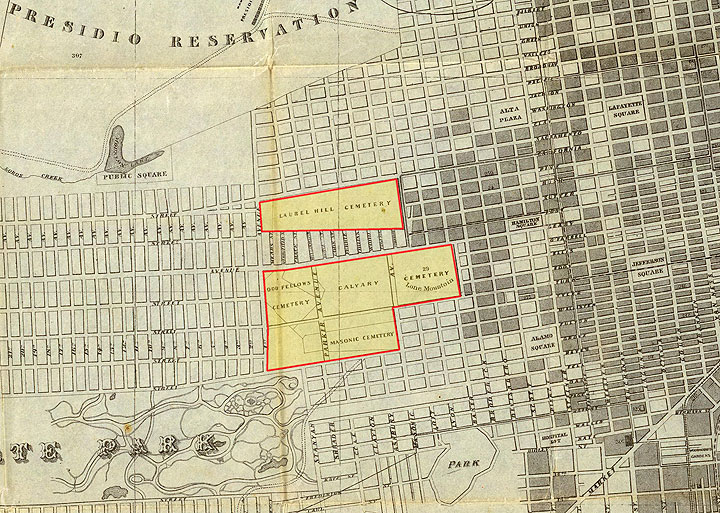
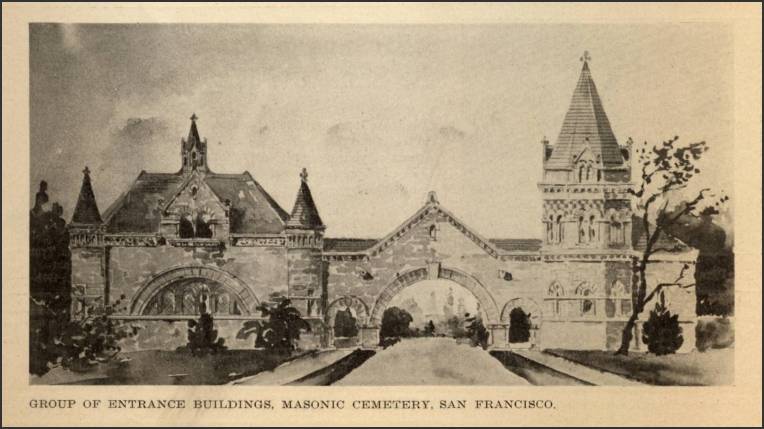
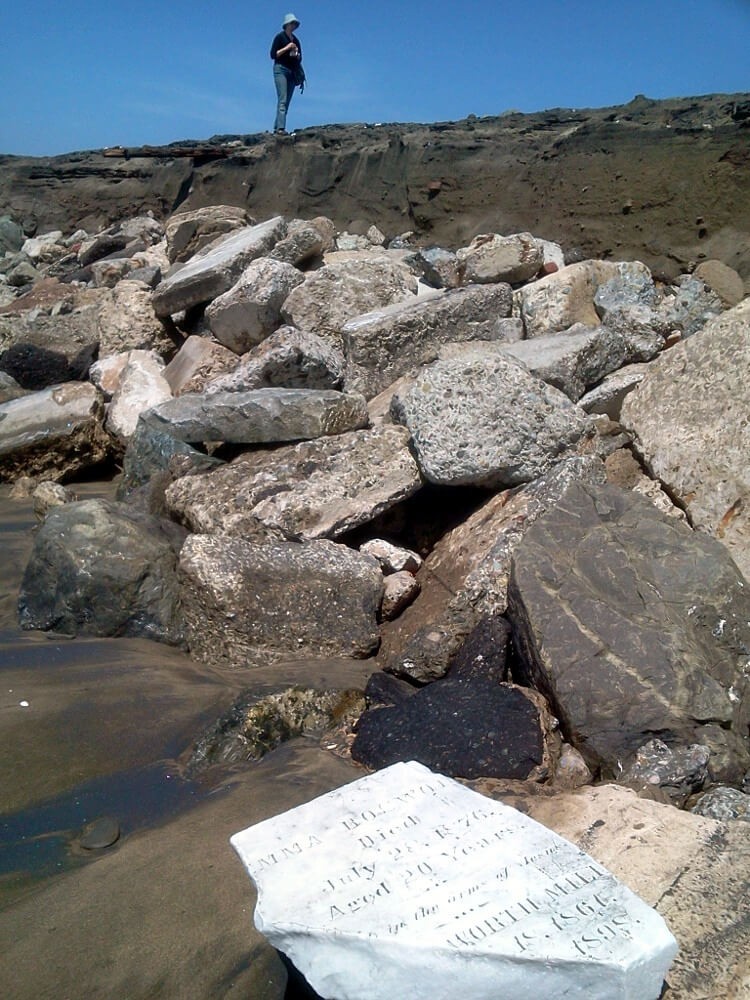
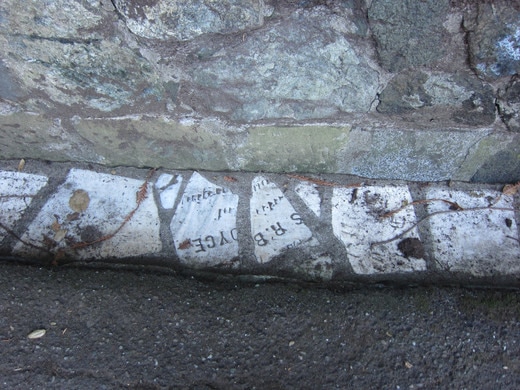
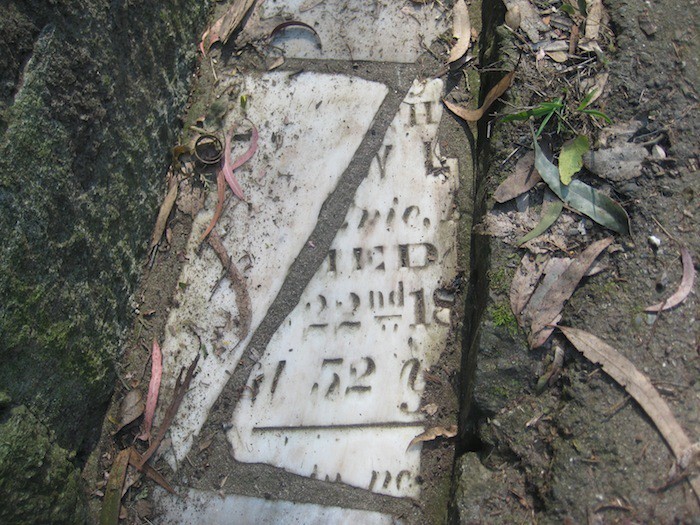
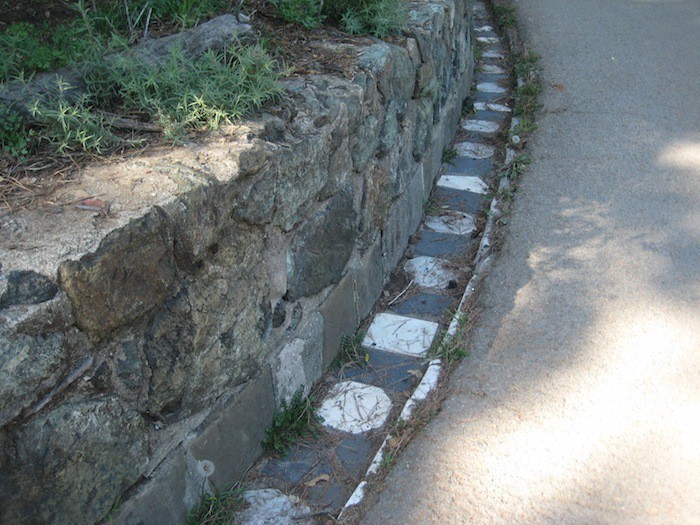

 RSS Feed
RSS Feed